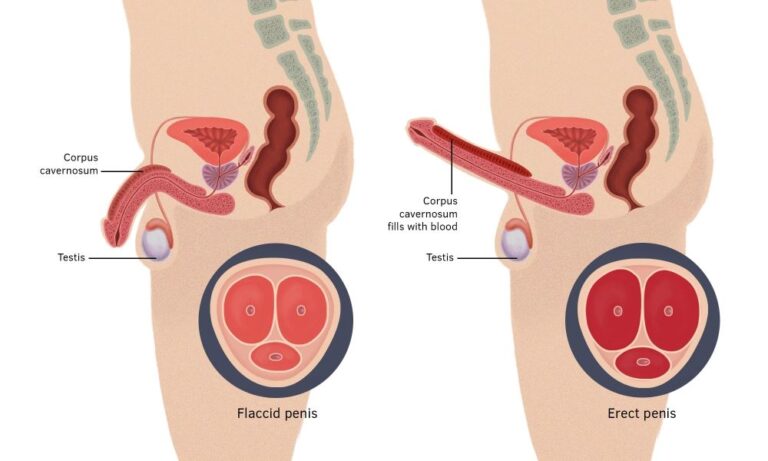
A computerized tomography scan or a CT scan enables your healthcare provider to combine different X-rays from various angles and a computer processing to look at the fine details of your bones, soft tissues and blood vessels existing within your body. Though the scan has several purposes, your doctor will most likely suggest one when he wants to examine the possibility of internal injuries after a motor accident or any other form of trauma. Your sonographer might use Sugar Land CT scan to visualize almost every part of your body, allowing your doctor to diagnose ailments or injuries before designing treatment.
Why would you need a CT scan?
A CT scan has various purposes, including:
- Indicating the exact location of an infection, blood clot or tumor
- Check for internal bleeding and injuries
- Guide procedures like radiation therapy
- Detect bone and muscle issues
- Monitor the efficiency and effectiveness of particular medications
- Diagnose and track complex health conditions and diseases
What risks are you likely to have with a CT scan?
Potential harm to your unborn child
Inform the doctor of your pregnancy before going for a CT scan. Though the radiation might not affect your unborn baby, your primary physician might suggest another imaging exam like an ultrasound so as not to expose the baby to radiation.
Radiation exposure
Brief exposure to ionizing radiation is typical of the imaging test. The radiation levels you might get are more significant than those on a standard X-ray since the CT scan collects detailed information. Though low radiation doses during a CT scan have no long-term effects, higher radiation doses may increase your risk of developing cancer. However, CT scan benefits outweigh its less significant potential risks. For instance, the medical professional might use smaller doses of radiation to get the needed information. Additionally, technological advancements have seen the emergence of more efficient machines and methods that need reduced radiation doses.
Reaction to contrast material
Contrast material refers to a special dye your doctor might suggest before the scan. The medical professional might insert the dye into your rectum, inject it through a vein (mainly on your arm) or give you orally. Though contrast material rarely results in reactions or allergies, you will experience mild effects like a rash if it does react.
What is the essence of contrast material during a CT scan?
Contrast material helps highlight the treatment areas under scrutiny. The special dye blocks X-rays, helping the healthcare professional to have a clear view of your blood vessels and other features. Your examination areas dictate how the medical expert will administer the contrast material. For instance, you might need to take the liquid containing the special dye orally if the doctor wants to scan your stomach. On the other hand, the primary physician might insert the contrast material into your rectum of heeds to examine your intestines.
A CT scan provides your healthcare provider with a collection of images from different angles. How long you might take in the doughnut-shaped machine will depend on your unique case and your treatment area. Call your doctor to inquire about your benefit from the fast and painless exam.






